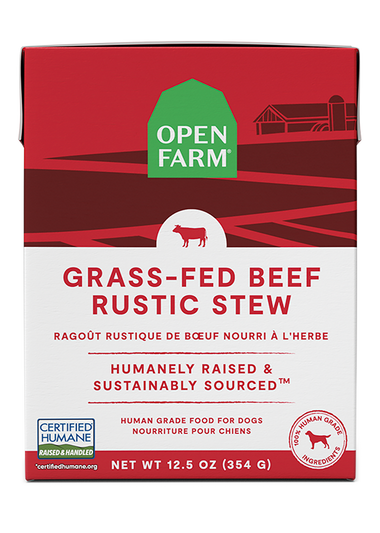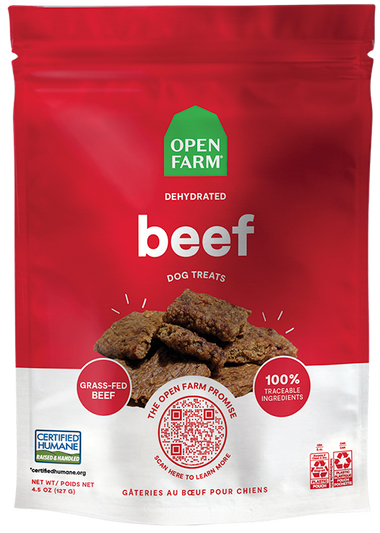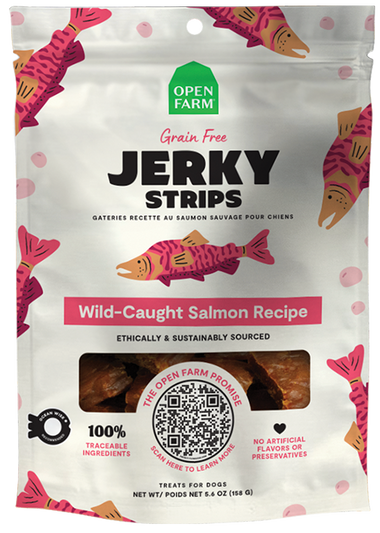Barking is a natural behavior in dogs. Unfortunately, excessive barking can be a nuisance to dog owners and neighbors. It can also indicate an issue with your pup, including separation anxiety or under-stimulation.
If you’re a beginner pet parent or have a new pup that won’t stop barking, it can seem overwhelming, but with the right approach, you can achieve a peaceful home.
Why Dogs Bark
Dogs bark as a form of communication and expression, like humans use their voices to convey feelings and information. However, the reasons dogs bark can range from alerting their owners to an intruder or potential danger, seeking attention, expressing excitement or playfulness, or even voicing their discomfort or fear.
In some cases, barking can result from boredom or loneliness, especially if left alone for extended periods. Certain breeds have a higher tendency to bark, like guard dogs or herding breeds such as huskies, beagles, and dachshunds. Understanding the underlying reason for a dog’s bark is the first step toward addressing and managing it effectively.
Ensure Your Pup Gets Enough Physical and Mental Exercise
Bored dogs are more likely to bark. Engaging them in physical activity exhausts their energy, making them less likely to engage in undesirable behaviors. Some dog training tips for beginners include:
- Incorporating fetch games.
- Daily walks for exercise and stimulation. If you’re unsure how to leash train a dog, start with short strolls around the house or yard. Gradually increase the distance as your dog gets used to the leash.
- Using puzzle toys that provide treats and rewards to stimulate their minds.
Train the ‘Quiet’ Command
Training your dog to understand a ‘quiet’ command can help prevent excessive yapping. Always use positive reinforcement techniques to reward your dog for good behavior. If your dog remains silent when it usually barks, offer treats or verbal praise. Over time, they’ll associate silence with rewards.
To start training them to obey the ‘quiet’ command:
- Wait for your dog to start barking.
- Once they bark, say “quiet” in a firm voice.
- If they stop, immediately reward them with a treat.
- Repeat this consistently until they understand the command.
Manage Your Dog’s Environment
Your dog’s environment can influence its behavior and affect how they respond to external stimuli. Creating a tailored environment can curb unwanted behaviors while encouraging positive ones.
If your dog tends to bark at passersby through the window, consider using blinds or relocating your dog to a quieter part of the house. Soundproofing, playing soft music or leaving the TV on can mask triggering sounds for those agitated by outdoor noises.
If you have a busy household, regularly host guests or live on a crowded street, provide a designated space, like a cozy corner with their bed and toys, where they can retreat and feel safe. Crowded, noisy or chaotic areas can lead to anxiety and stress and, in turn, excessive barking.
Enrichment Toys: The Silent Solution to Dog Barking
Enrichment toys go beyond the standard chew toys, as they engage a dog’s cognitive abilities, encouraging them to think, solve, and stay focused. Puzzle toys, for example, hide treats inside and require the dog to figure out how to access the reward. These toys not only provide physical engagement but also challenge their problem-solving skills.
Another popular option is the treat-dispensing toy, which releases food or treats at irregular intervals, ensuring the dog remains engaged. By keeping their minds occupied, these toys reduce the chances of dogs resorting to barking out of boredom or frustration.
If your dog spends a lot of time in the backyard, keep them occupied with an automatic fetch toy. The battery-operated toy launches a tennis ball for your dog and after your dog retrieves the ball, they load it into the top of the toy so they can play fetch again.
Dog Food Toppers: A Distraction Method
Dog food toppers, often flavorful and nutrition-packed additions sprinkled atop regular dog food, can be an excellent distraction for dogs. Introducing a new and exciting taste experience captivates your dog’s attention, diverting them from undesirable behaviors like excessive barking.
This is an excellent strategy to use when you have unexpected visitors, contractors or delivery drivers come to the door. Simply signal to your dog that it is time to eat and add a delicious gourmet topper to their meal to keep them occupied.
Whether it’s a freeze dried surf and turf raw dog food topper, a grass-fed beef dog food topper, or any other gourmet topper, this approach enhances their meal’s appeal. It also provides added nutritional benefits, ensuring they’re engaged and satisfied.
Connect With Your Dog for Better Behavior
Knowing how to manage barking is vital to learning how to take care of your dog. You can build a stronger bond and ensure a more harmonious household by reducing unnecessary barking.
Open Farm offers an exceptional range of premium treats and toppers to complement your barking training. Our commitment to quality ensures that while you’re working toward a quieter home environment, your dog receives excellent nutrition. In the end, a well-understood and well-fed dog is not only a quiet companion but a joyful one.








































 Sign In
Sign In
 Create Account
Create Account















